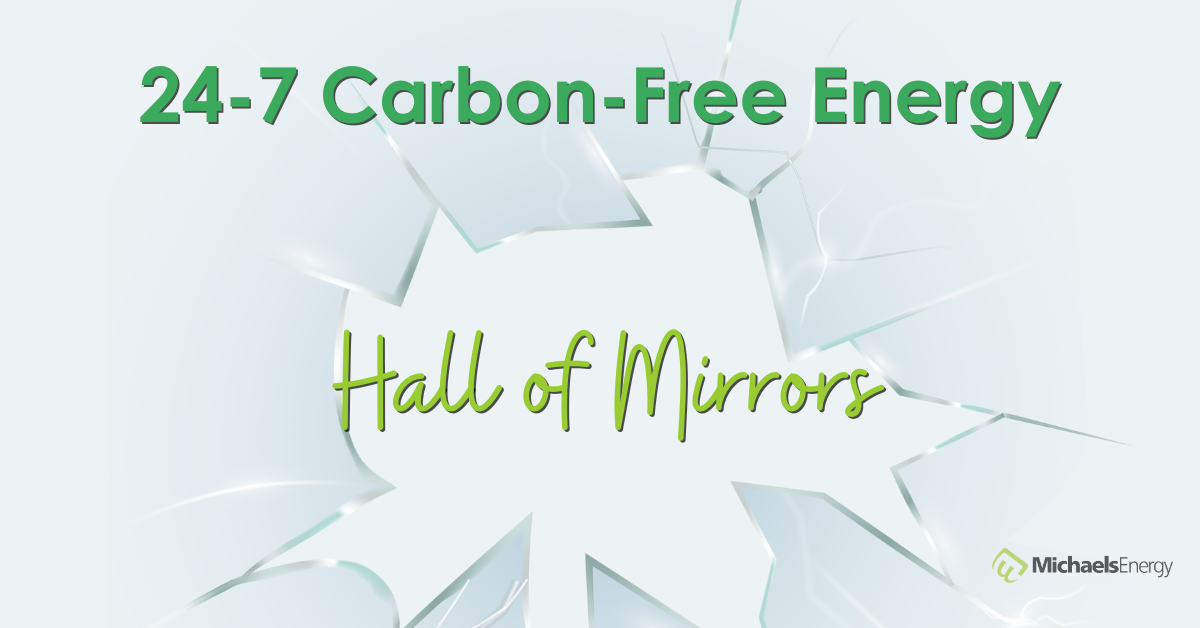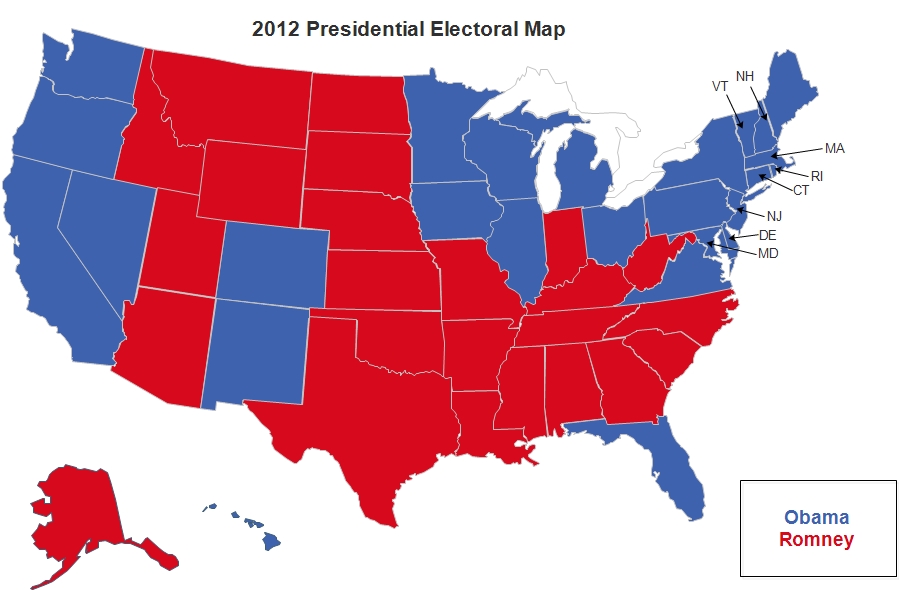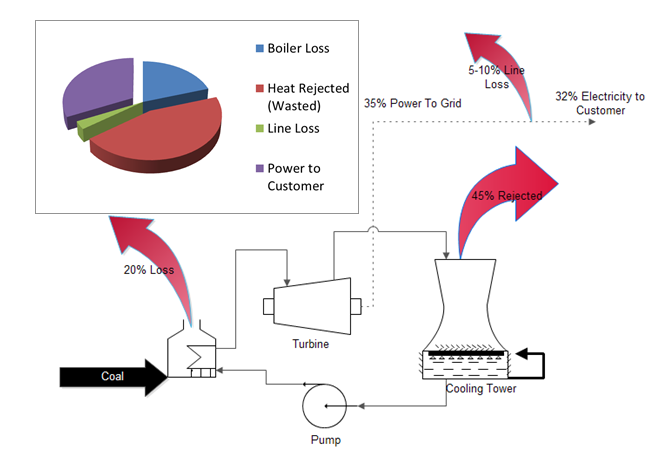
The ESG cabal seems to be drawing up another hall of mirrors to persuade credulous stakeholders and bystanders that they are siphoning only carbon-free energy (CFE) from the electric grid. The Electric Power Research Institute calls it 24-7 carbon-free energy, oddly enough. “Large companies from Starbucks to eBay have pledged 100% renewable energy targets to offset greenhouse gas emissions from their electricity use. Recently, several large companies, including Google, Microsoft, and others, have started procuring something called carbon-free energy that more closely matches their corporate electricity load on a 24/7 hourly basis. This is known as 24/7 carbon-free energy.” Unquestionably,…
Read More




